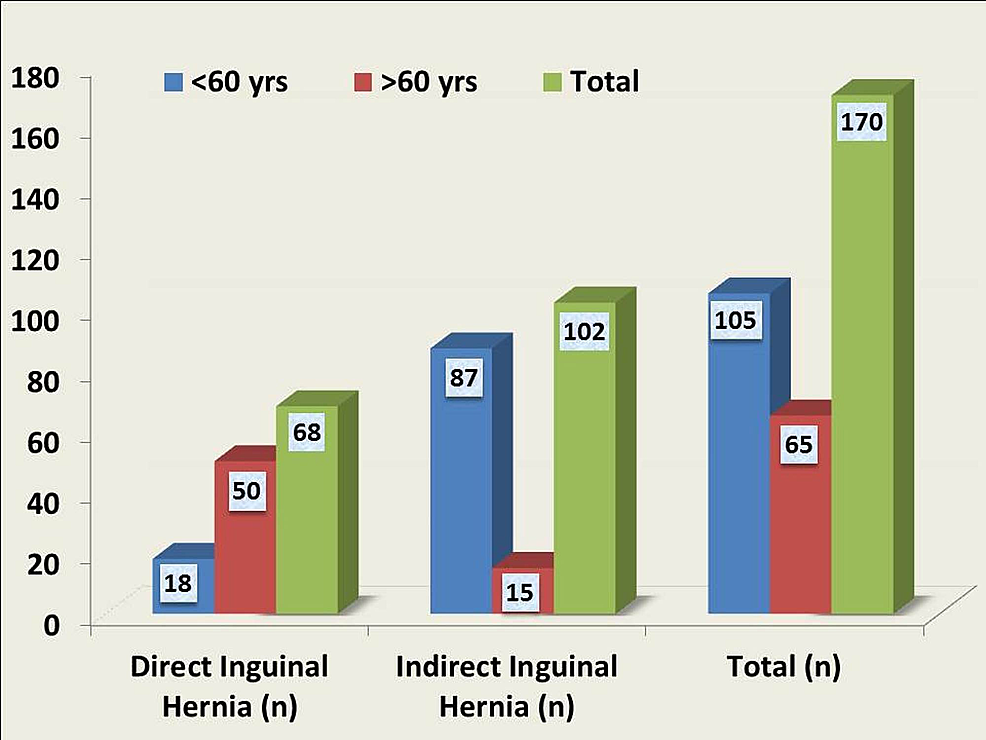
The hernia sac which has been formed passes through the internal inguinal ring, a defect in the transversalis fascia, between the anterior iliac spine and the pubic tubercle. In the groin, an indirect inguinal hernia is caused when obliteration of the processus vaginalis (the peritoneal extension which accompanies the testicle in its descent into its final position, the scrotum) fails to occur. There was a limit, however, to what could be accomplished surgically until the introduction of antisepsis, and anesthesia techniques, so subsequent surgeons such as Bassini, Halsted, Billroth, Marcy and others defined the various types of surgical approach to abdominal wall hernias, up to 1880. Some of the well-known surgeons of the nineteenth century, such as Gimbernat (1793), Richter (1778), Camper (1801), Hesselbach (1806) and Scarborough (1809), contributed to the anatomy and clinical findings associated with hernias. Undoubtedly, few patients survived the debilitating effects of small bowel fistula but occasionally intestinal continuity was spontaneously re-established by retraction of the open ends of the bowel and gradual closing of the external fistula. It is interesting that the life threatening problem of strangulated inguinal hernia was occasionally successfully managed by the simple process of resecting the ischemic part of the bowel, leaving what amounted to a double-barreled enterostomy. The modern era of thoughtful anatomical and surgical approach to hernia restoration dates back to the beginning of the nineteenth century with Sir Ashley Cooper’s and Antonio Scarpa’s illustrated monographs in England and in Italy respectively.

Of course, these procedures were very brutal compared to modern techniques, involving various techniques of cautery or caustics. Celsus had referred many interesting historical incidences and he was also the first to describe the surgical techniques for the correction of recurring hernias. The descriptive history of hernias can be traced back through the centuries to Hippocrates and the knowledge of the catastrophic effects of incarceration of a hernia dates back to immemorial times.

Historically, the prominence of “adhesive bands” as a cause of intestinal obstruction was already known, and was also the main historical cause of small intestinal obstruction before the advent of anesthesia. Strangulated inguinal hernia is a life-threatening condition which requires urgent surgical intervention.

This case results in a strangulated inguinal hernia, in which gangrene of the contents of the sac has been occurred. When a part of bowel which is inside the hernia sac becomes obstructed, there may initially be no interference with blood supply. An inguinal hernia is an abnormal protrusion of intra-abdominal tissue through a fascial defect in the groin.


 0 kommentar(er)
0 kommentar(er)
